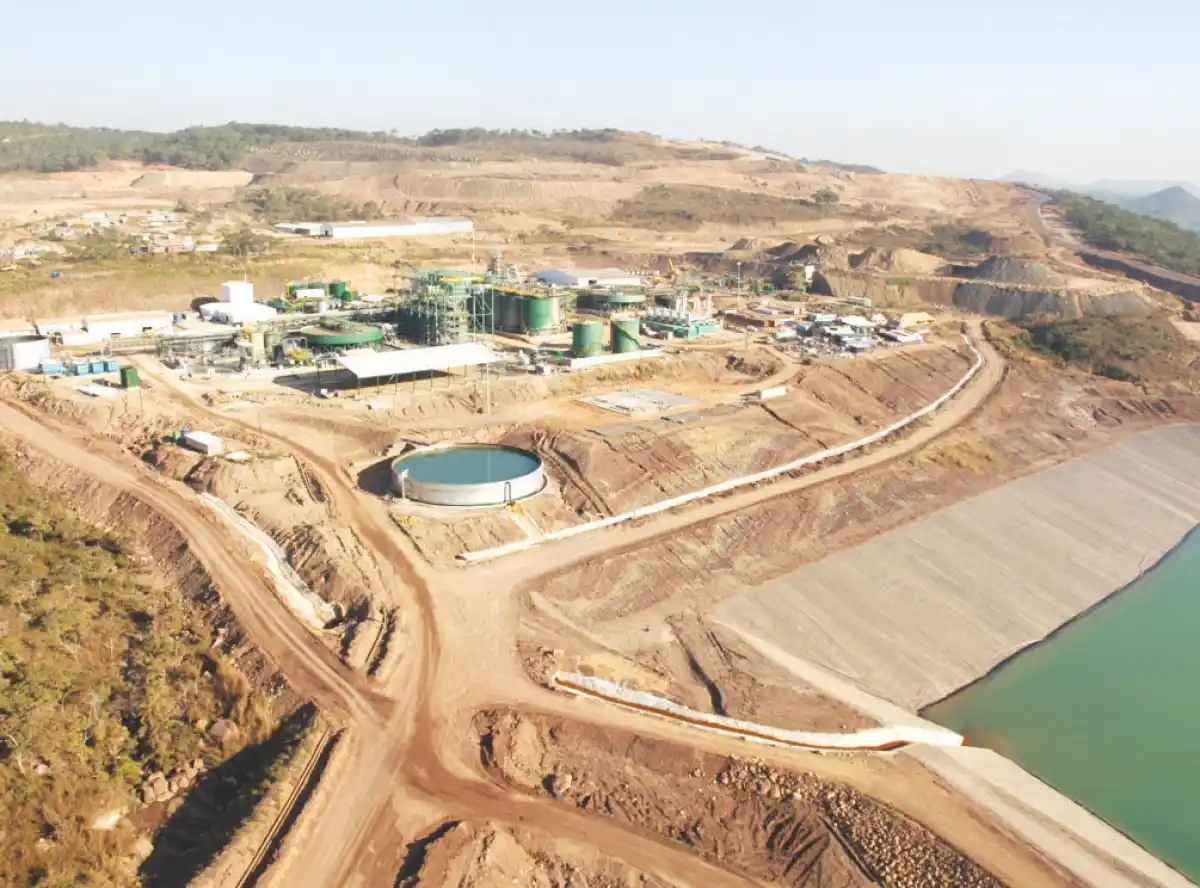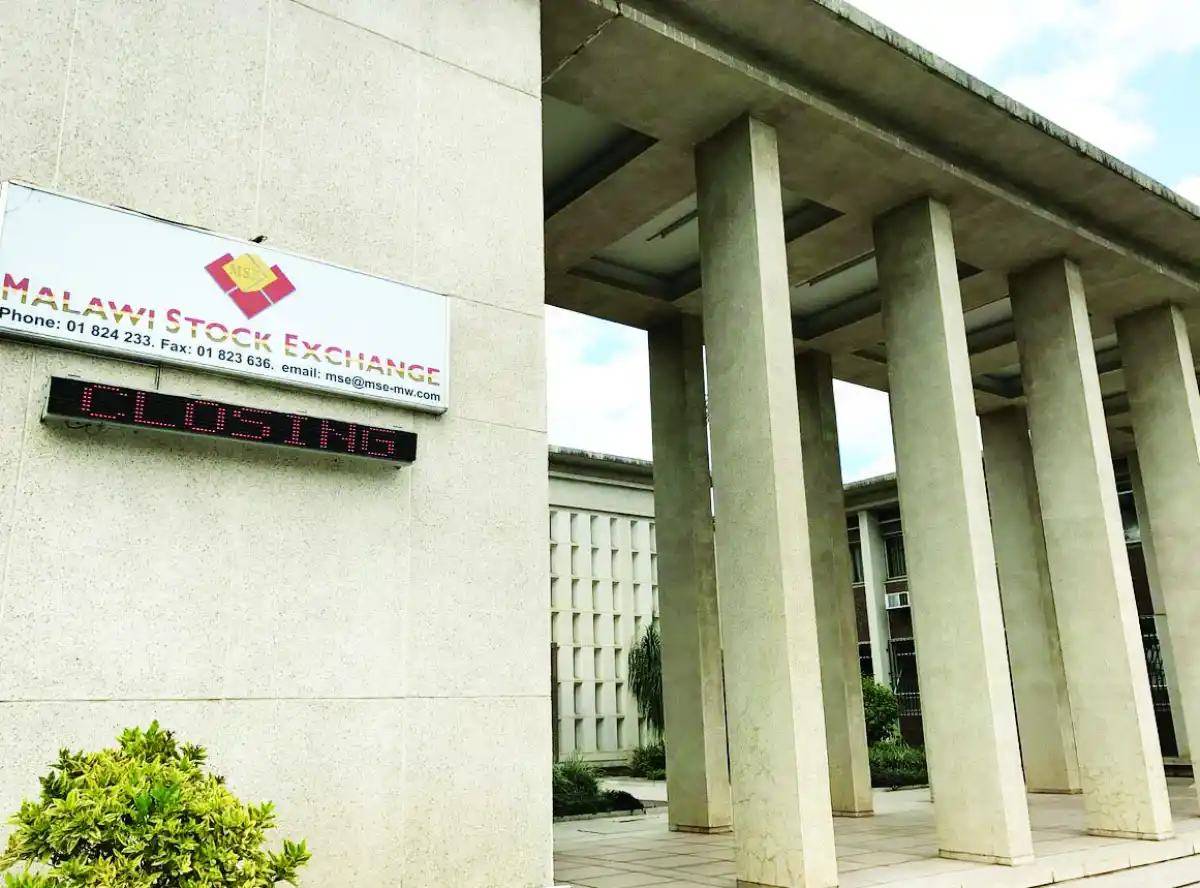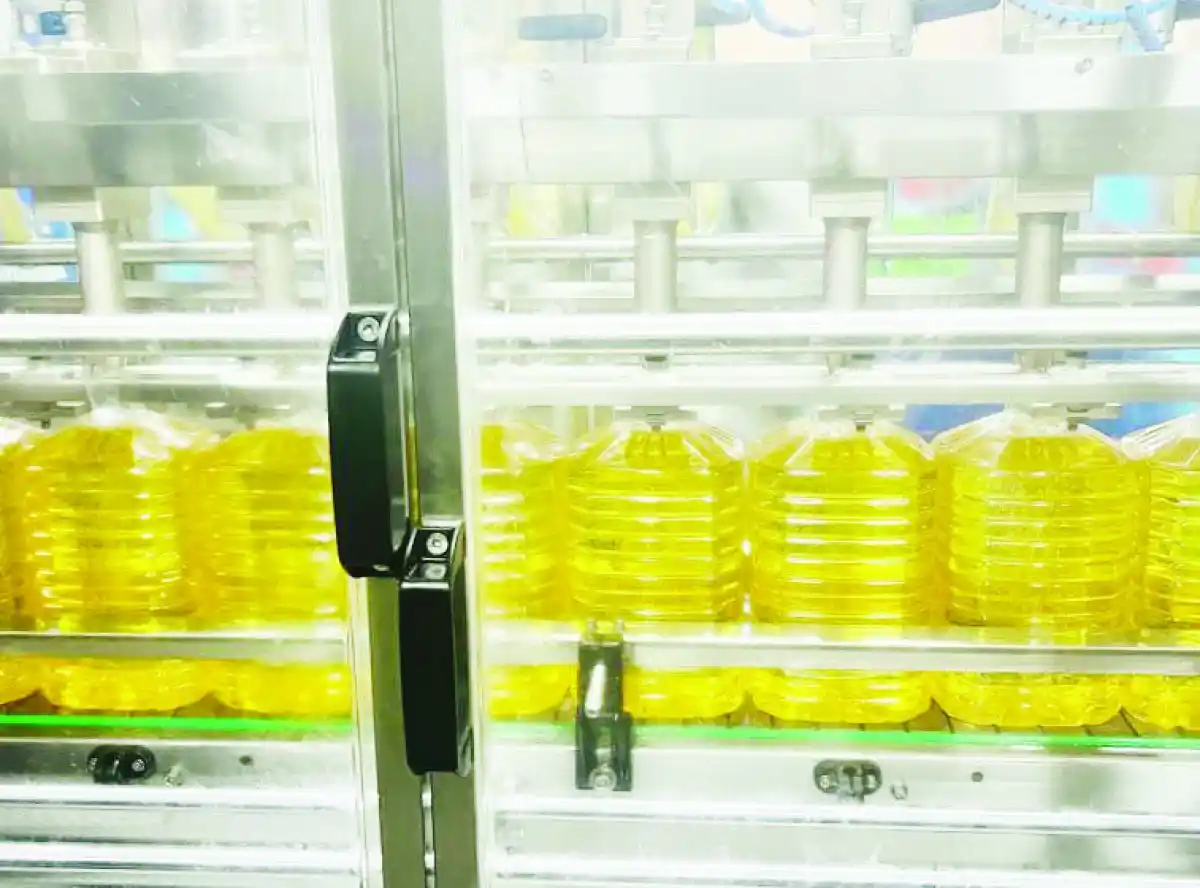
After more than a decade of dormancy, Kayelekera Uranium Mine is poised to restart operations in September this year, officials from Lotus Resources Limited have disclosed.
The development marks a milestone for Malawi’s struggling mining sector and offers renewed hope for economic diversification and growth.
Lotus Resources, the mine’s operator, has accelerated its reopening timeline following successful funding and promising prospects.
The company has secured $87 million in investment to restore machinery and restart production, bringing forward its initial projection of a 2026 reopening.
“We are moving ahead with our preparations to restart operations at Kayelekera and these activities are progressing well to ensure we meet our target of first uranium production in the third quarter of this calendar year,” the company said in a recent update.
The mine will initially operate on diesel power, reverting to its previous operational model from 2009 to 2014, while the Electricity Supply Corporation (Escom) works on connecting the necessary infrastructure.
Over 200 workers, including local and expatriate experts, are currently on-site preparing for the restart.
In a strategic move, Lotus has also signed a Community Development Agreement (CDA), committing 0.45 percent of its revenue to community projects and prioritising local employment and business opportunities.
In an interview, mining expert Grain Malunga said Kayelekera’s reopening is part of a broader national transformation.
He urged more aggressive involvement of both the government and private sector players.
“The mining sector has significant potential to contribute up to 12 percent to our economy by 2027. Several promising projects including the Kasiya Rutile and Graphite mine, Kanyika Niobium and rare earth projects in Balaka and Phalombe
“Government needs to establish a mining company to invest in these mines. We cannot simply rely on foreign investors to explore, develop and mine while we complain about not benefitting,” Malunga said.
Historically, the mine generated over $400 million in annual export proceeds.
Its closure, alongside a sharp decline in sugar exports, contributed to Malawi’s export earnings, dropping from a record $1.5 billion in 2014 to a record low of $781.9 million in 2020.
Three additional mines are expected to open in the next two years, including Kangankunde Rare Earth in Balaka, Songwe Hill Rare Earth in Phalombe, and Kanyika Niobium in Mzimba.
The Kayerekera reopening signals a potential turning point for Malawi’s mining sector, offering hope for economic diversification and increased export earnings.
Meanwhile, Minority Shareholders Association of Listed Companies Secretary General Frank Harawa said the organisation was lobbying for significant local ownership in all large-scale mining ventures to ensure Malawians benefit from the country’s mineral resources.
“We are engaging various stakeholders, including the Ministry of Mining, to give Malawians a chance to have part ownership of large-scale mining companies through listing on the Malawi Stock Exchange (MSE),” Harawa said.
The organisation revealed that it had approached the Reserve Bank of Malawi and MSE to establish a United States Dollar-denominated Mining Stock Exchange as a subsidiary focusing exclusively on large-scale mining companies.








0 Comments